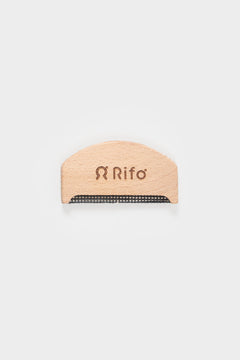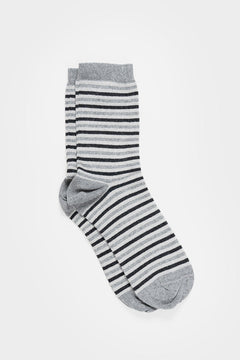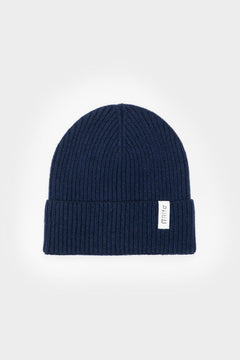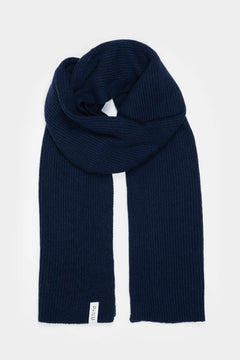Recycling and upcycling are two actions that could let us save our planet.
We live in a reality that goes faster and faster. Everyday technology let us make any action, in the fastest way possible.
This way to act has an influence on the use of every item we buy. In fact now we are more inclined to use them for a really short time and then throw them away, this is fast fashion.
The main characteristic of fast fashion is that it produces low quality garments, which are used for a short period and immediately thrown in the rubbish.
All of this is speeding up the disruption of the environment we live in.
There is a need to change our way of seeing an item or a garments. It is necessary to start thinking in a circular way, to apply circular economy to the fashion industry.
This means that every object we have in our hands can live forever: we just have to recycle or upcycle it.
Today we want to talk to you about the differences between these two processes.
Make yourself comfortable and follow us. Let’s go to discover what is the difference between recycling and upcycling a product.
What does recycling mean?
Recycle means converting a waste in a new material or in a new object with the same value. The aim of recycling garments is to recover waste materials and transform them into reusable ones.Recycling a product means destroying it to give it a new life successively.
The only defect of this method is the great energy expenditure that is necessary.
This process is a very important factor for the conservation of natural resources and it gives an enormous contribute to the environment improvement.
To put into practice this kind of action it is important to follow certain rules of everyday life:
- Buying products that can be recycled
- Finding a way to reuse different materials
- Buying products made with recycled materials
- Recycling packaging
- Limiting the most the purchase of dangerous materials that can’t be recycled
Recycling benefits
As we told you before, recycling process gives enormous benefits to our planet’s health.
But which are the benefits that we can get by recycling?
-
- Reducing waste quantity taken to dumps and incinerators
- Preserving natural resources like water and minerals
- Increasing economic safety using national materials sources
- Preventing pollution, reducing the collection of raw materials
- Saving important quantities of energy

What does upcycling mean?
The process of upcycling consider the re-use of waste and refuses without destroying them, to give life to products with a greater value.
Upcycling is a recycle type that allow the new product to be worth much more than before. Upcycling a product means allowing it to have a new life, a new appearance and, most of all, a new aim.For example you could transform an old t-shirt in a bag, this is circular economy.
The idea at the base of Rifò Project is this: giving a new life to waste.
In fact, we take old cashmere or cotton garments and we transform them into a new yarn. With this we create new high-quality clothes made by local craftsmen.
We bound slow fashion to circular economy principles.
Upcycling benefits
Through this process it is possible to give a new life to a material that everyone would see as waste but, in addition to this, the purpose is to give it more quality.
The action of upcycling brings with it a number of benefits. Here they are:
- It realizes a new product
- It preserves the environment and reduce the quantity of waste
- It preserves the limited resources we have
- It reduces the production costs and the use of raw materials
- It supports local industry
- It encourages creativity and innovation
- It extends materials’ lives
- It encourages the utilization of circular economy
- It guarantees a bigger energy saving compared to recycling processes

Conclusioni
We have just discovered together which are the differences between these two processes.
The main difference is in the energy that is used. In fact recycling has more energy expenditure, considering that a product is destroyed during the process.
Upcycling doesn’t imply material destruction and this is why it is more efficient regarding energy’s consumption.
The action of upcycling represents the most suitable solution both for the planet’s health and for improving the working process of the reality of a company.
This process incentives a revolution, the circular economy one: a circle in which a material is born but it never dies.
Have you already started to recycle or upcycle anything?
Tell us about your experience with a comment below!








